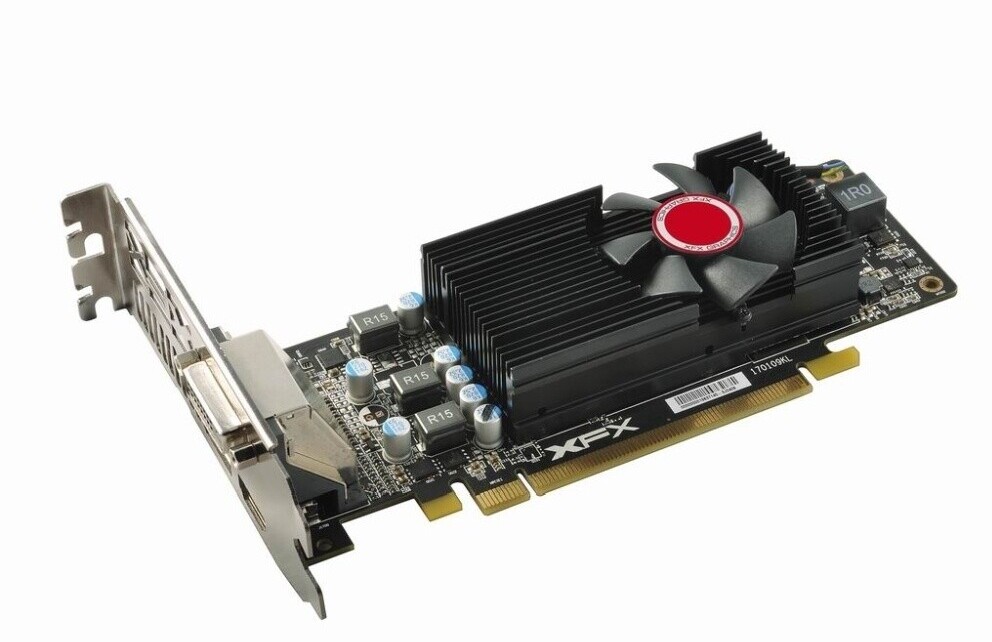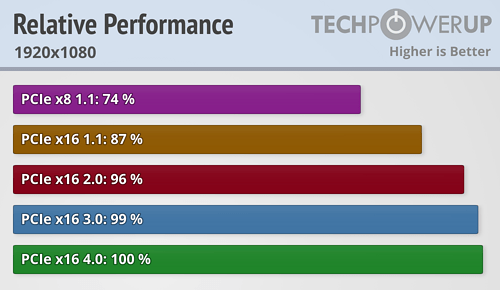- Nov 16, 2006
- 6,819
- 7,180
- 136
Just getting a thread up for this. Navi 24 will ride... Q1 2022... ish.

 www.techpowerup.com
www.techpowerup.com
I fugure the 6500XT lands ~5500XT territory for ~$200.

AMD Readies Radeon RX 6500 XT and RX 6400 Graphics Cards
AMD is preparing to wrap up its Radeon RX 6000 series desktop discrete graphics card family with two new SKUs, the RX 6500 XT and the RX 6400. The two debut the company's smallest piece of silicon based on the RDNA2 graphics architecture, codenamed "Navi 24," to the desktop space. The RX 6500 XT...
I fugure the 6500XT lands ~5500XT territory for ~$200.




